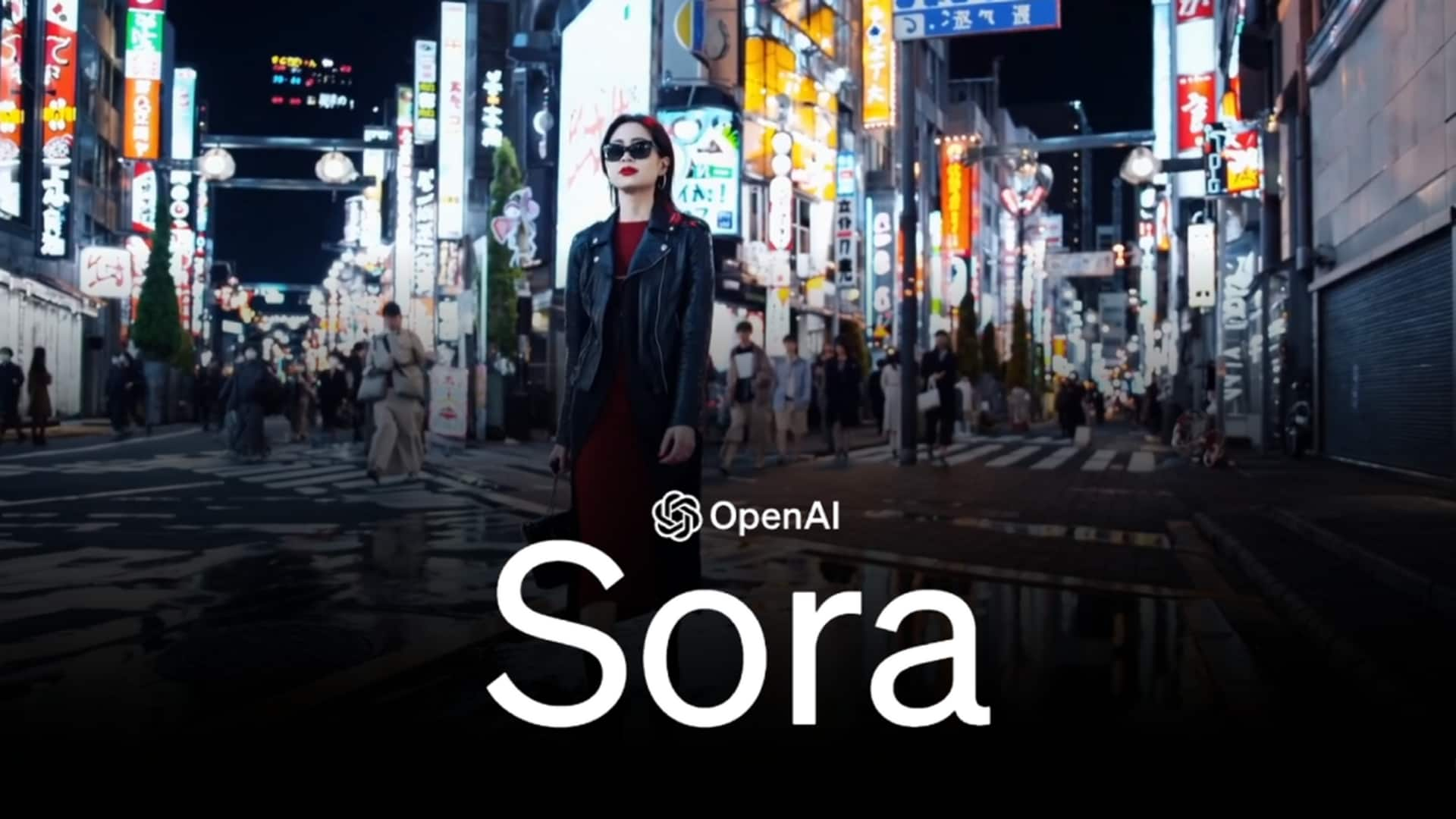
OpenAI claims its Sora text-to-video AI tool can simulate worlds
What's the story
Last week, OpenAI unveiled Sora, a cutting-edge AI tool that can turn text into photorealistic videos, simulating entire worlds. The company shared amazing samples, like a couple strolling in a snowy scene and a camera flying over a classic white SUV on a dirt road. Now, the company has called Sora a "world simulator," as it can grasp key aspects of our 3D surroundings.
Features
Sora's training and capabilities
Sora, based on a diffusion transformer model, was trained using numerous captioned videos to link text and video. OpenAI states that Sora can "simulate some aspects of people, animals, and environments from the physical world." The AI-generated clips reveal Sora's talent for producing footage with smooth camera movements, indicating an understanding of 3D spaces.
Usage
Potential applications and limitations
OpenAI believes Sora could pave the way for advanced simulators in both physical and digital realms, including gaming. This will include "the objects, animals and people that live within them." However, Sora has its limitations. It struggles with cause and effect, like a person biting a cookie without leaving a mark or a glass leaking without breaking first.
Upcoming
Safety concerns and future implications
OpenAI is mindful of potential misuse and plans to gradually release Sora to "red teamers to assess critical areas for harms or risks." Sora researcher Bill Peebles told Wired, "We're going to be very careful about all the safety implications for this." Despite its flaws, Sora provides a sneak peek into a future where AI-generated videos might be indistinguishable from reality.